The Steam Deck kicked off a revolution for handheld gaming PCs. They existed for several years, most notably from brands like Ayaneo and, before it, GPD, but the Steam Deck is what kicked off the renaissance of portable PC gaming that's brought us devices like the ROG Ally X and Legion Go S. But Valve didn't just revolutionize portable gaming. It revolutionized Linux gaming more broadly.
We've had the Steam Deck and SteamOS for a few years now, and we've seen new, gaming-focused Linux distros like Bazzite that leverage Valve's work on Proton to widen the appeal of Linux gaming. But now, we're standing on the cusp of what feels like an inflection point for Linux. The backing of the multi-billion-dollar corporation that is Valve, the wider rollout of SteamOS, and broadening awareness of Linux gamers has created a concoction that might actually push it into the mainstream.
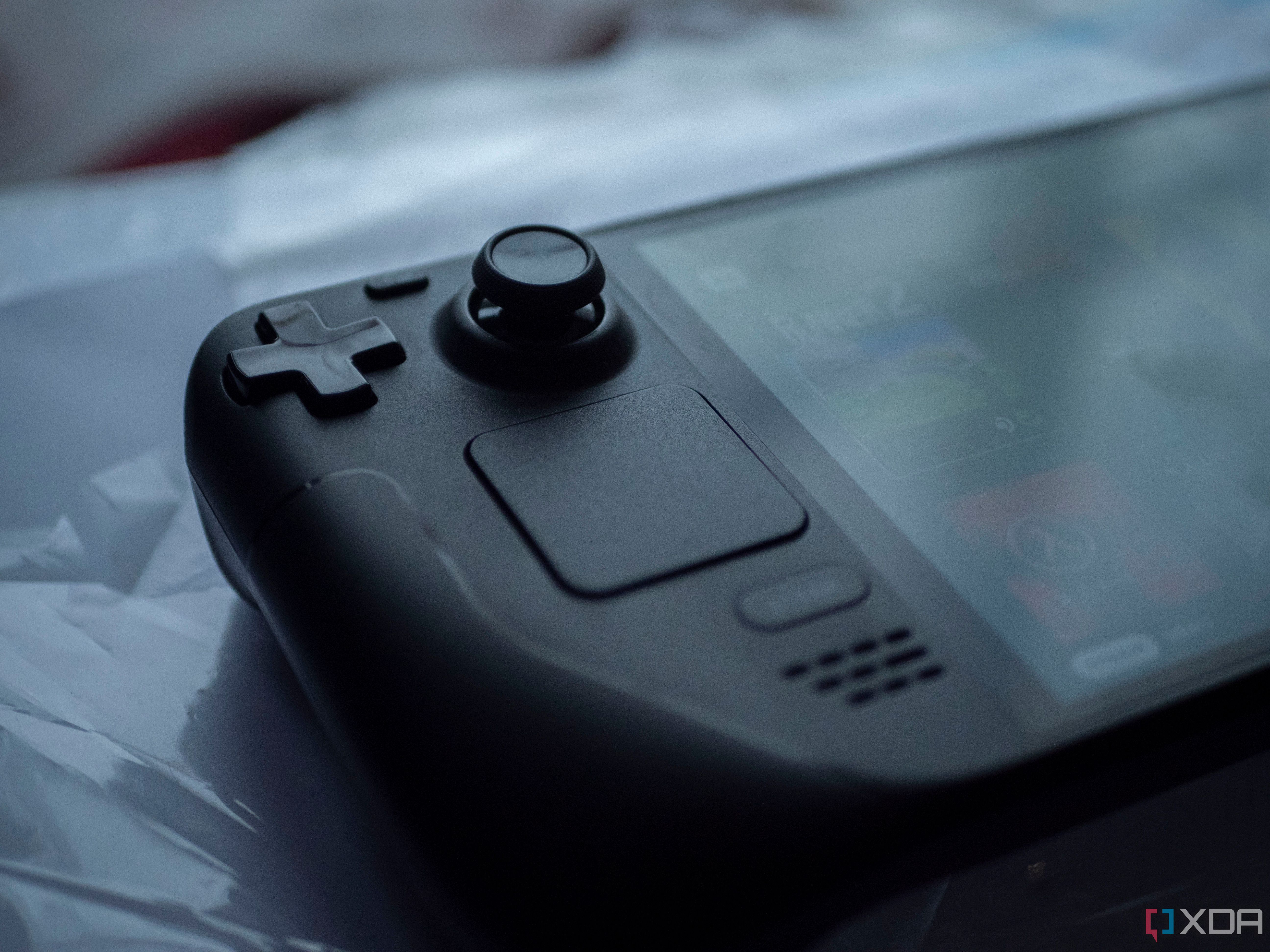
Related
4 ways the Steam Deck changed PC gaming forever
Valve broke new ground with the Steam Deck that launched PC handhelds into the stratosphere.
It all has to start somewhere
And that somewhere is Proton
The Steam Deck is a Trojan horse. Yes, the hardware is great, and it immediately influenced a market of handhelds that didn't exist in the mainstream prior to Valve involvement. But in the context of Linux, the Steam Deck is just a device that showcases what Linux is capable of, and more importantly, how excellent Valve's Proton compatibility layer really is.
Although support initially was spotty, there are precious few games that won't work via Proton, short of games that use anti-cheat software. Of the top 1,000 games on Steam, 88% of them have a silver badge or better on ProtonDB, meaning they run via Proton with only minor issues at most. 11% of all games on Steam have this rating, which is impressive considering ProtonDB only has reports for a total of 12% of all Steam games. When Valve released Proton seven years ago, it only supported 27 games. Now, it supports well over 20,000 — and likely far more, accounting for the games on Steam that simply haven't been reported to ProtonDB.
It's not hyperbole to say that Proton has revolutionized Linux as a gaming platform. It's a fork of the wildly popular Wine compatibility layer, but Proton is far more focused on API calls. The vast majority of Windows games use Microsoft's own DirectX API, which, as you might expect, only works on Windows. The goal of Proton is to take those DirectX instructions and translate them to an API that works across operating systems, like Vulkan, and to do so with little or no performance loss. And it's able to do so largely due to the open-source DXVK.
Proton shows how quickly software can move when it has a specific focus, and it's built on top of the open-source community.
DXVK comes from developer Philip Rebohle, and it started as a project to get Nier: Automata to run properly on Linux. Prior to DXVK, you'd have to use Wine's DirectX 11 to OpenGL translation. OpenGL simply doesn't have the rendering capabilities of a more complex API like DirectX 11, and certainly not a low-level API like DirectX 12. Thus, DXVK was born. Instead of translating DirectX 11 to OpenGL, DXVK translates the instructions to the far more capable Vulkan API. It makes sense considering Vulkan is somewhat of a spiritual successor to OpenGL — it was literally codenamed "Next Generation OpenGL Initiative" prior to release.
And, as they say, the rest is history. Rebohle is on contract with Valve, DXVK supports DirectX 9, 10, and 11, and Valve developed VXD3D-Proton for translating DirectX 12. Wine really established a solid foundation for bringing Linux online for Windows users, but its broad appeal — and a healthy dose of incomplete Microsoft documentation — means development has been slow. Proton shows how quickly software can move when it has a specific focus, and when it's built on top of the open-source community.
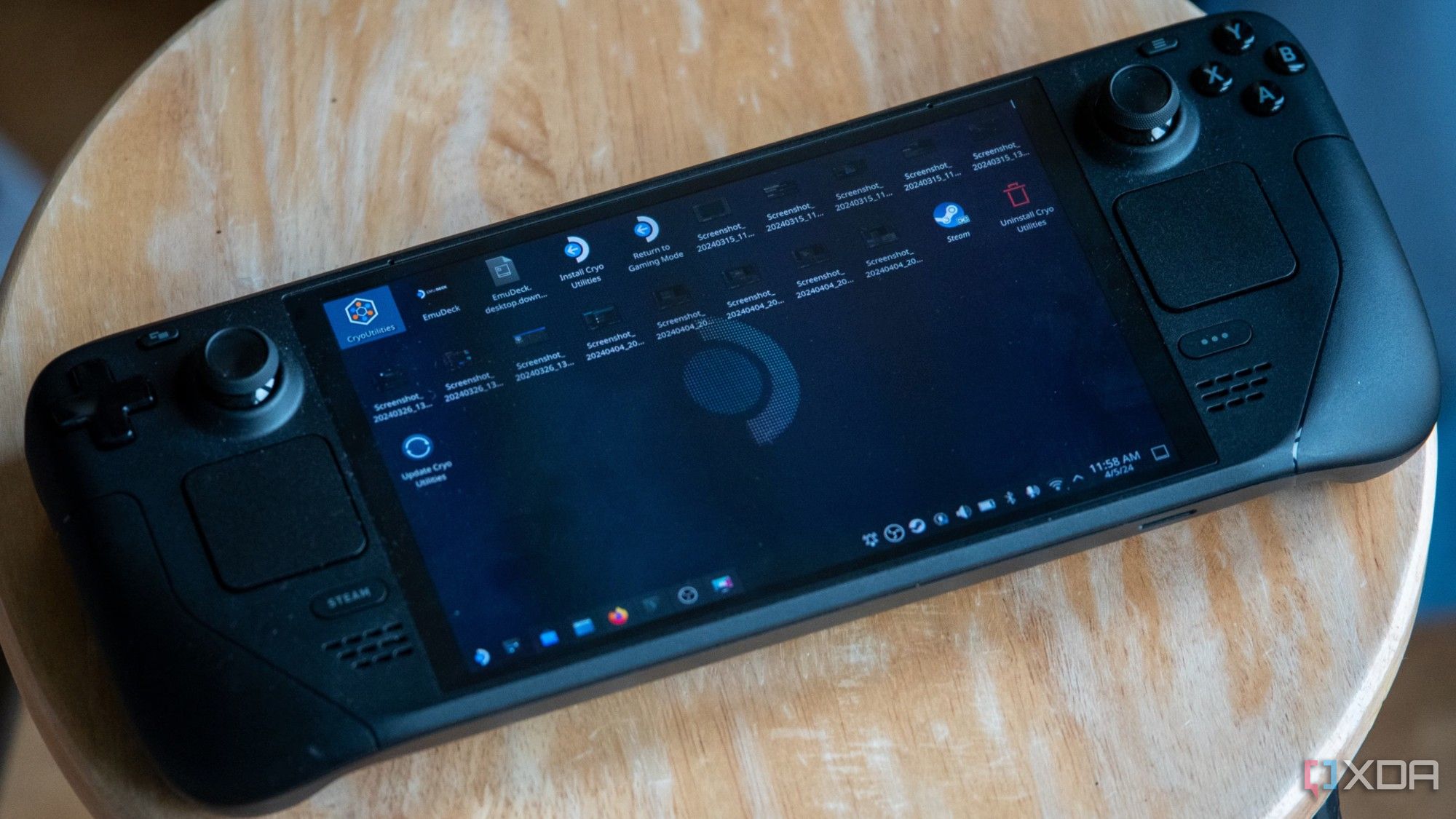
Related
6 upgrades SteamOS needs to dethrone Windows
Valve is releasing SteamOS into beta in a couple of months, but it needs a few critical updates to become a PC gaming destination.
SteamOS has promise far outside handhelds
A wider desktop release is on the way
Proton made the Steam Deck possible, but more importantly, it makes SteamOS possible. If you aren't familiar — unlikely for our XDA audience here — SteamOS is built on Arch Linux with a KDE Plasma desktop environment. Just a few months back, Valve actually entered a partnership with the developers of Arch Linux, funding ongoing development of the open-source distro. Valve has opened up SteamOS access to other handhelds, with official support on the Lenovo Legion Go S and early access for other Windows-based handhelds. SteamOS has a lot of promise outside handhelds, though.
For the past few months, I've been using Bazzite on a PC I have set up in my living room. It's based on Fedora, not Arch, but it's still available with either a KDE or GNOME desktop environment. And the experience is fantastic. Valve's careful redesign of Steam Big Picture mode, and the incredible momentum of Proton, have created a situation where even a different project based on an entirely different distro of Linux offers an experience that can go toe-to-toe with what SteamOS offers. It's an amazing testament to how robust the framework Valve — and the open-source community — built.
In half a decade, Valve has essentially made the impossible possible with Proton. Give it another half decade, and there's no telling where we'll be.
Valve has made it clear that SteamOS has larger ambitions outside the Steam Deck, and eventually, I suspect we'll see it widely available for desktops, similar to Bazzite. That makes a big difference. Distros like Bazzite are great, and before it, we had distros like ChimeraOS. But SteamOS has the funding and personnel of Valve. Even large distros like Fedora only have a staff of about 20 people total.
The vast majority of Linux development happens in the open-source community, either as volunteer work or through donations and private funding. Even successful projects don't have access to anywhere close to the resources that Valve has. Red Hat is one clear exception to that rule, though it has an exclusive focus on the enterprise (and it's one of the primary funders of Fedora).
I'm sure SteamOS will be great, but Valve's continued support of the open-source community, and its willingness to devote engineers to its own open-source efforts, benefits Linux as a whole. In half a decade, Valve has essentially made the impossible possible with Proton. Give Valve another half decade to cook, and there's no telling where we'll be.
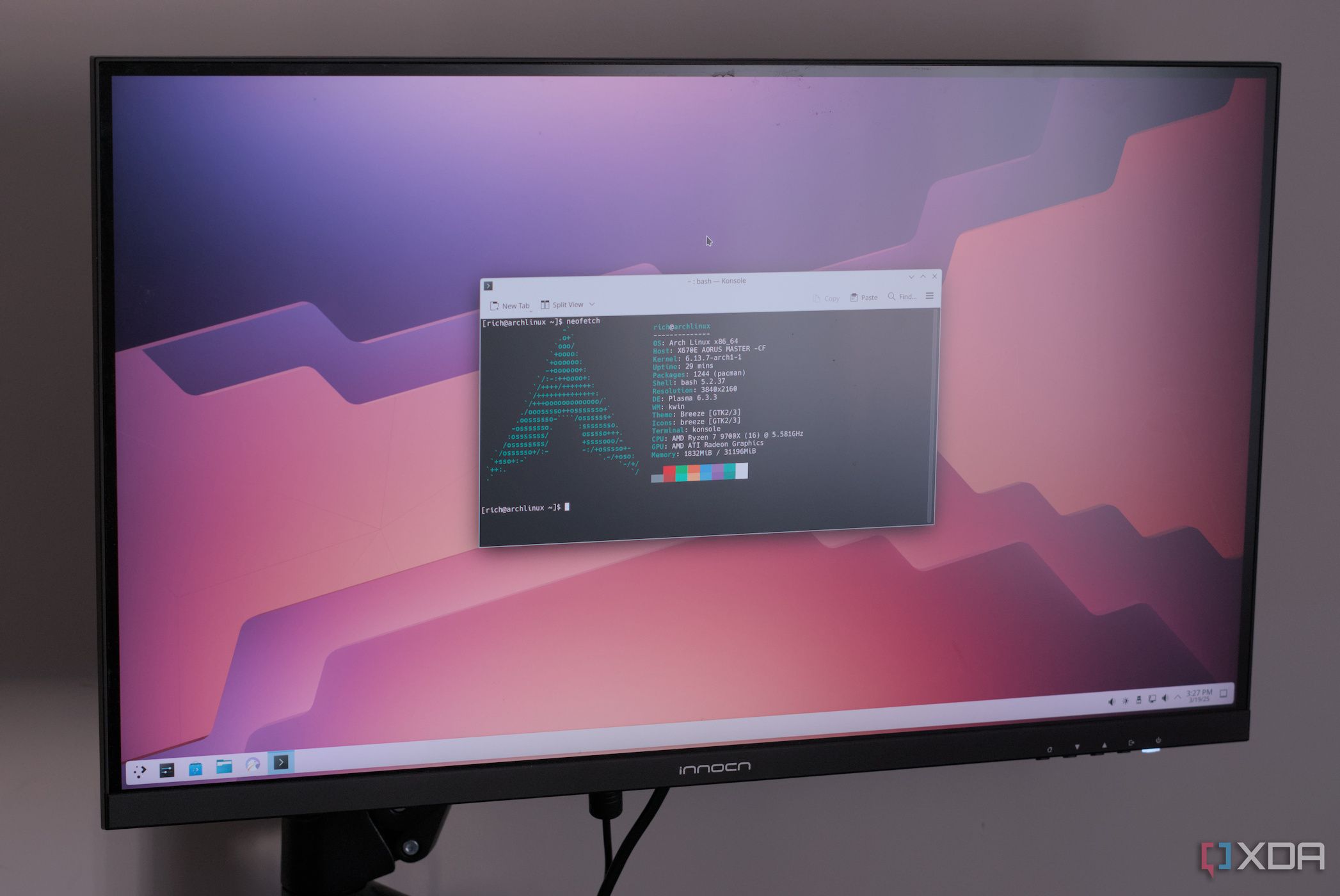
Related
How I made Arch Linux look and run better than Windows
Arch Linux is a great distro and it's easy to make it better than Windows 11.
More adoption leads to more support
If they won't pay attention, force them to
I'm under no illusion that Linux will suddenly take over Windows and become the dominant operating system for PC gamers. That's been a pipe dream for at least a decade, and it'll probably remain a pipe dream for a decade more. Progress is what makes the difference here, though. As Linux becomes more appealing to PC gamers, more of them will take the plunge, and inevitably, game and app developers who've largely ignored Linux will be forced to pay at least some attention to everyone's favorite open-source OS.
You can see some of that in action now. The big hurdle for gaming on Linux has been, and continues to be, anti-cheat software. And over the last several months, we've seen increasing support for anti-cheat software either running natively on Linux or through Proton. Games like Marvel Rivals work on the Steam Deck, as do some titles that use services like BattlEye and Easy Anti-Cheat — DayZ, Halo MCC, 7 Days to Die, and The Finals all fall into that category. Around 57% of games with anti-cheat still don't work, but remember, progress is what matters.
Just as the Steam Deck snowballed support for Linux — that Deck Verified badge is somewhat of a badge of honor for new PC releases — broader adoption of Linux among PC gamers will snowball support for hurdles like anti-cheat software.
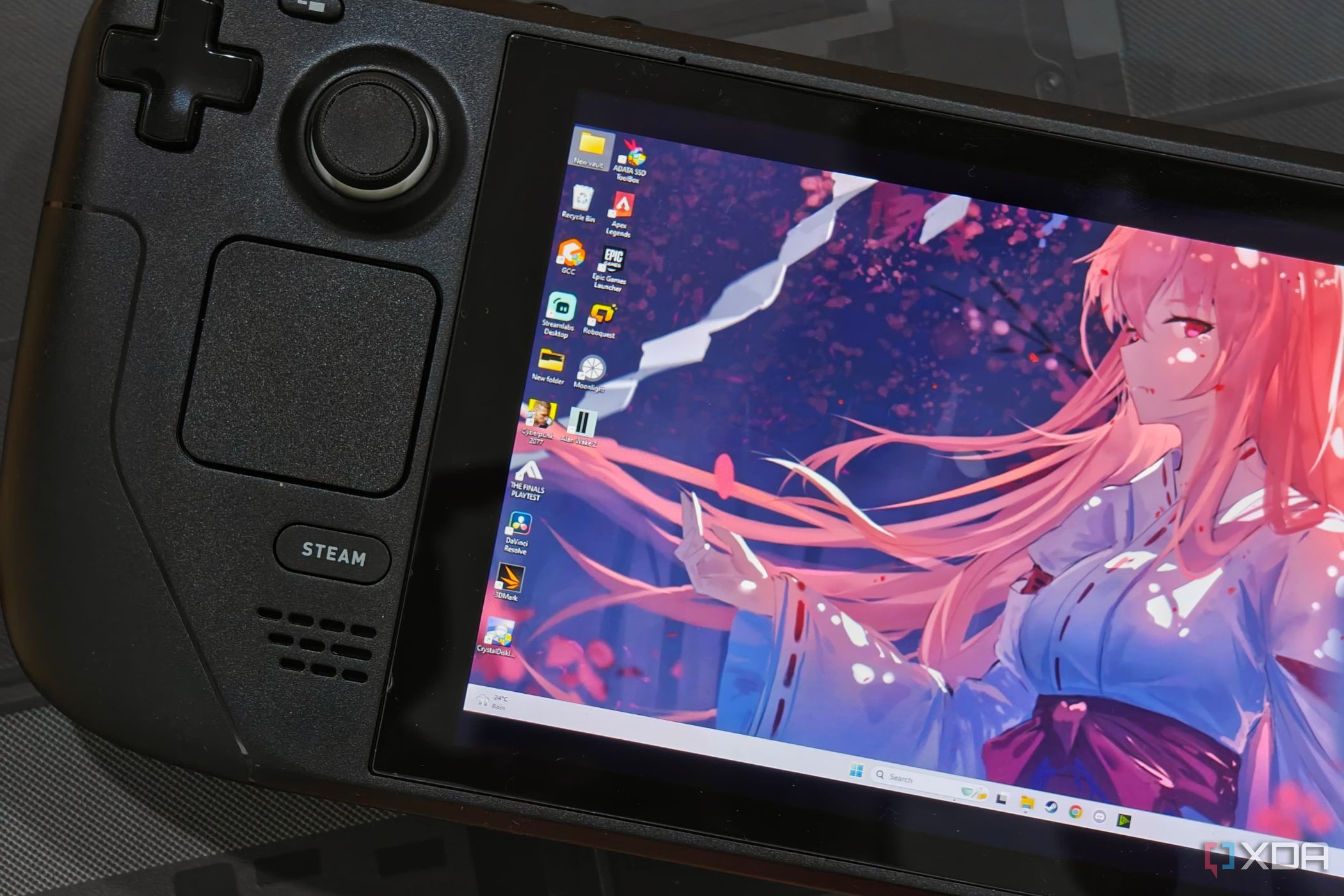
Related
5 reasons you shouldn't install Windows on the Steam Deck
The Steam Deck can install Windows and has drivers for its hardware, but it's not a great experience.
An inflection feels right around the corner
Several elements are coming together for Linux right now. We have the smash success of the Steam Deck, a renewed interest in gaming handhelds, growing support among Proton, and a broad SteamOS rollout currently in progress. If you use your PC primarily for gaming, there's an argument for making the jump to Linux now. And as time goes on, that argument will only get stronger.
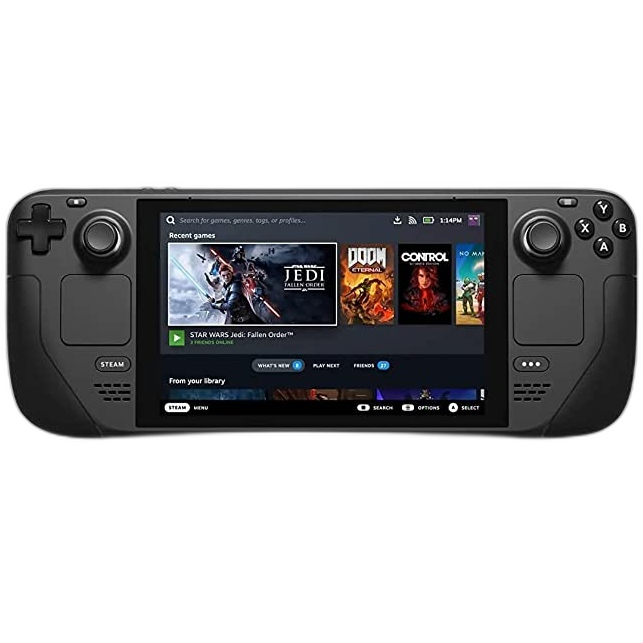
Dimensions 11.7 x 4.6 x 1.9 inches (298 x 117 x 49mm)
Weight 1.48 pounds (669 grams)
Chipset Custom AMD Zen 2-based processor (4 cores, 8 threads, up to 3.5GHz)
RAM 16GB LPDDR5 5600MHz
Storage Up to 512GB M.2 2230 SSD
Wireless Connectivity Wi-Fi 5, Bluetooth 5.0
.png)



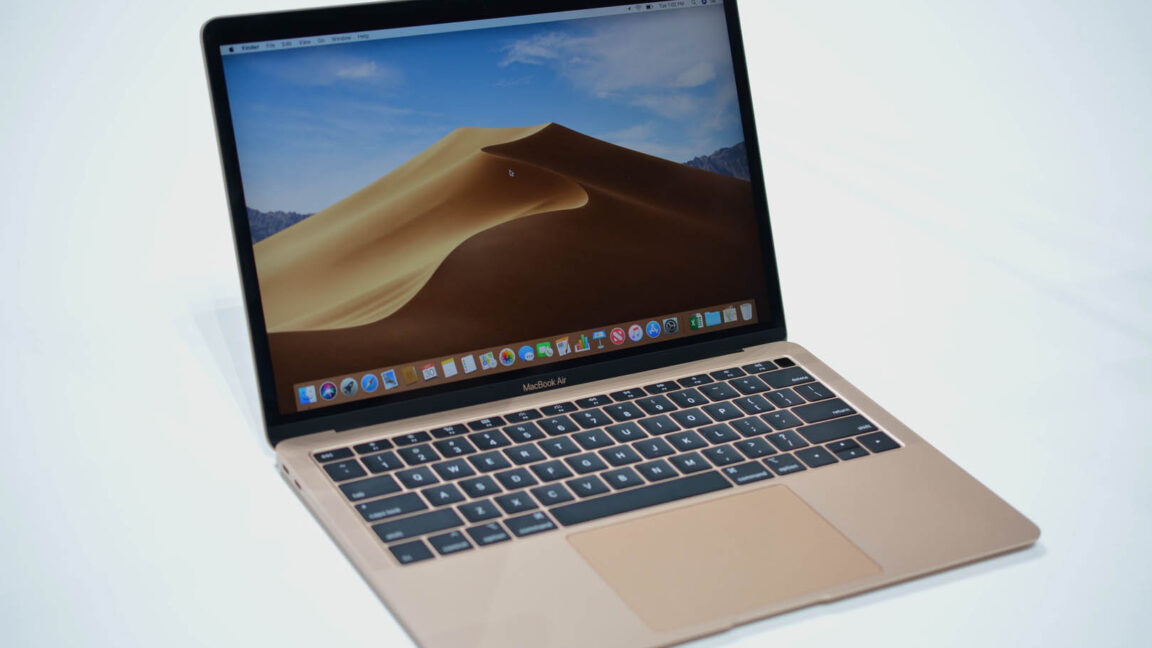






 English (US) ·
English (US) ·